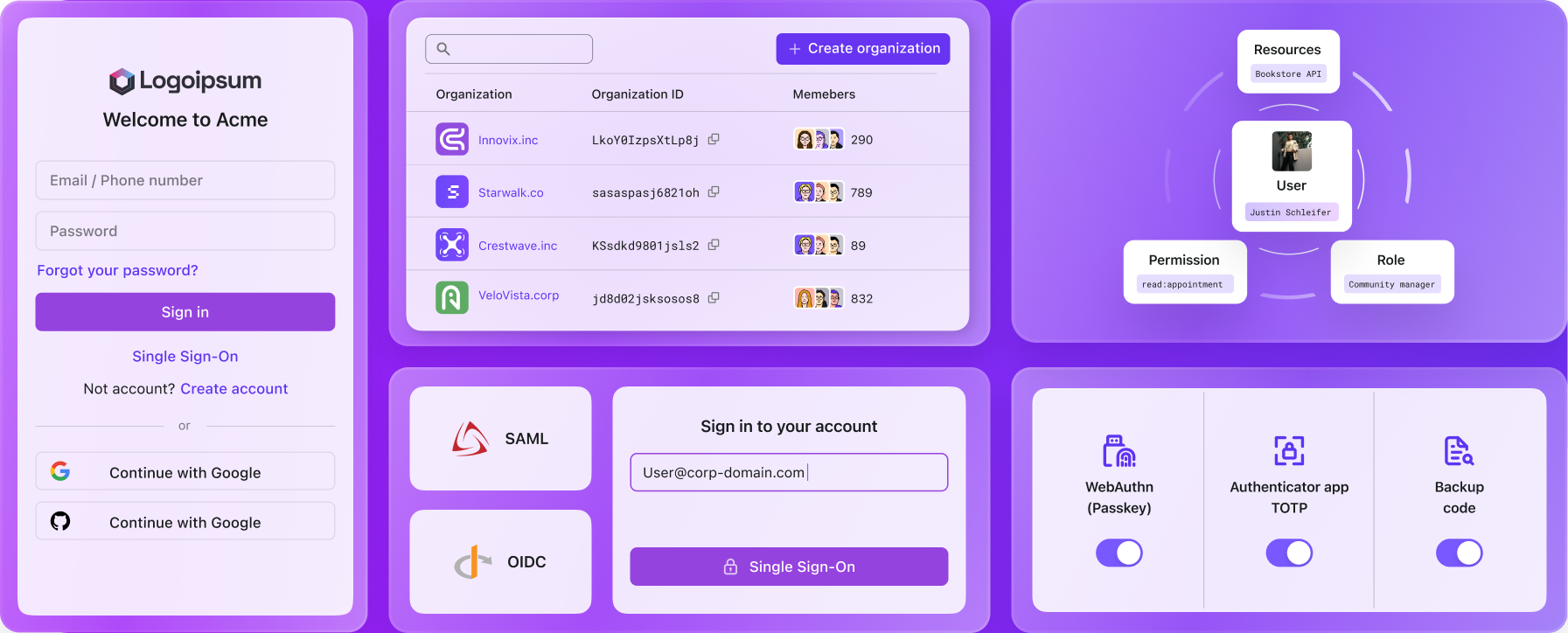Disposable emails: What they are, Why they exist, and how to handle them in your app
Learn what disposable emails are, why they exist, the risks they pose to applications, and the key strategies you can use to detect and block them for stronger security and cleaner user data.
Imagine this:
You find a free online tool that promises to generate the perfect resume. You’re excited — until you hit the final screen:
“Enter your email address to download your resume.”
You pause.
You don’t want your inbox cluttered with endless promotional emails.
You just need that one quick download.
This is exactly where disposable email addresses come into play — a clever invention built for moments like this.
What is a disposable email?
A disposable email address is a temporary, throwaway email you can use instead of your real one.
Think of it like a rental umbrella — perfect for a sudden rainstorm, but not something you’d rely on forever.
Services like 10 Minute Mail, Temp Mail, and Guerrilla Mail instantly generate email addresses that work for a few minutes or hours. You can receive messages, such as verification codes, and once time’s up, the address — and all its emails — disappear.
No sign-up. No password. No commitment.
Why were disposable emails invented?
The internet wasn’t always this noisy.
Years ago, sharing your email address online felt normal. But as inboxes turned into battlegrounds for marketing, spam, and scams, users needed a shield.
Disposable emails offered that shield — giving people the power to:
- Protect their privacy from unfamiliar sites
- Avoid spam after signing up for free trials, promotions, or contests
- Test apps without using a personal address
- Stay anonymous when needed
They became an everyday tool for users who wanted convenience without the long-term consequences.
How disposable emails work
It’s simple:
- Visit a disposable email service.
- Get a random, temporary email address instantly.
- Receive emails for a short period.
- After the time limit, everything gets automatically wiped away.
The pros and cons of disposable emails
| Pros | Cons |
|---|---|
| Keeps real inbox private | No account recovery or password reset |
| Reduces spam from short-term signups | Public inboxes (messages are often not private) |
| Fast and anonymous | Some services block disposable emails |
| Great for testing apps or services | Not safe for sensitive accounts or transactions |
Think of a disposable email like a sticky note on a public bulletin board: quick and useful for simple messages — but not where you’d write your deepest secrets.
How disposable emails affect apps — and why you should prevent them
From a user’s side, disposable emails feel like a smart move. From an app creator’s side, they can cause serious problems.
Why prevent disposable emails?
-
Fraud risk:
Fraudsters use disposable emails to quickly create multiple fake accounts for scams, spam, or abuse.
-
Poor user quality:
If you’re building a community or subscription service, disposable email users often don’t engage seriously or stick around.
-
Support challenges:
Without a valid, long-term email, you can’t reset passwords or provide reliable support.
-
Data integrity problems:
Disposable emails muddy your customer data — making growth metrics, onboarding success rates, and retention rates less accurate.
-
Billing and chargebacks:
In freemium or trial-based services, disposable emails can lead to repeated exploitation of free offers — draining server costs without converting users.
Real-world example:
Imagine you run a SaaS product offering a free 7-day trial. If users can repeatedly sign up using disposable emails, you could bleed server costs without gaining real customers.
How to block disposable emails (Technical approach)
There are several technical strategies you can use to prevent users from signing up with disposable email addresses:
1. Email verification API
Integrate a third-party Email Verification API into your signup flow. These services check if an email address belongs to a known disposable provider and allow you to block or challenge suspicious registrations before the account is created.
2. MX record check
Perform an MX (Mail Exchange) Record Check on the email domain. Legitimate email providers have properly configured mail servers, while many disposable email domains either lack valid MX records or use minimal setups. Rejecting signups from domains with invalid or suspicious MX records can help filter out disposable addresses.
3. Domain blacklist
Maintain and regularly update a domain Blacklist of known disposable email providers. During the signup process, compare the user’s email domain against this list, and automatically block or warn users if a match is found. This method is simple but effective when combined with ongoing updates.
4. Behavioral detection
Implement Behavioral Detection systems to monitor signup activity. Disposable email users often show suspicious behaviors, such as creating multiple accounts quickly or signing up from the same IP address repeatedly. Tracking these patterns can help you flag or throttle suspicious registrations even if the email itself passes technical checks.
Logto just launched a new security bundle!
It includes powerful features to protect your app. As an auth provider, Logto helps secure your app across multiple layers — and we’re continuously adding more.
- Captcha for bot detection
- Identifier lockout to prevent brute-force attacks
- Blocklist
- Disposable email detection
- Configurable password policies
…and much more — all with quick and easy configuration.
Check this landing page for quick learning and this documentation for detailed developer resources.
A thoughtful balance: blocking without breaking trust
While blocking disposable emails can protect your app, being too harsh can backfire. Instead of coldly rejecting users, show a helpful message like:
“It looks like you’re using a temporary email. For security reasons, we ask for a permanent email address to complete your signup.”
Respect users’ intent while maintaining your platform’s health.
Disposable emails are part of the modern internet’s give-and-take.
They empower individuals to control their privacy — but they also challenge businesses to protect their ecosystems.
| For users | For builders |
|---|---|
| Disposable emails are a powerful tool when used wisely. Know when they’re your ally — and when they might trap you out of important accounts. | Work with your authentication providers. Protect your service without alienating good users. Build guardrails thoughtfully, not aggressively. |
Because at the end of the day, behind every email — disposable or not — there’s a person.
And every person deserves a little more trust, transparency, and respect online.

